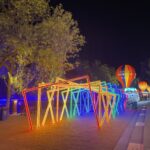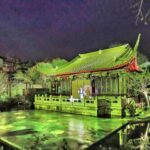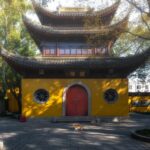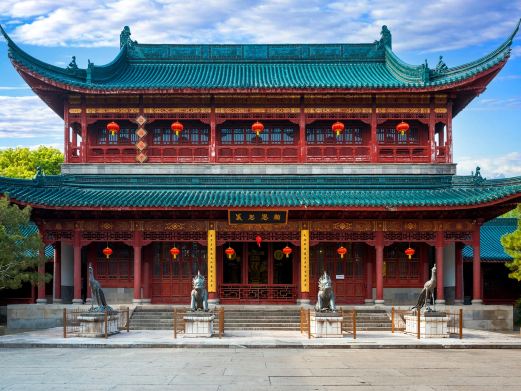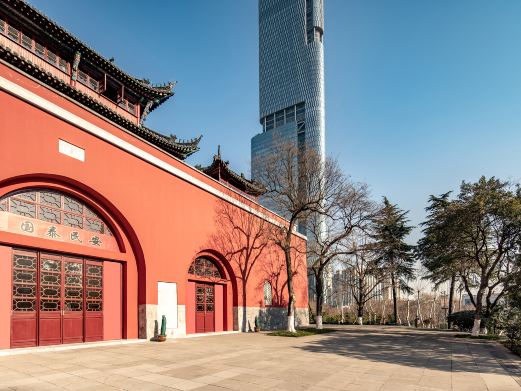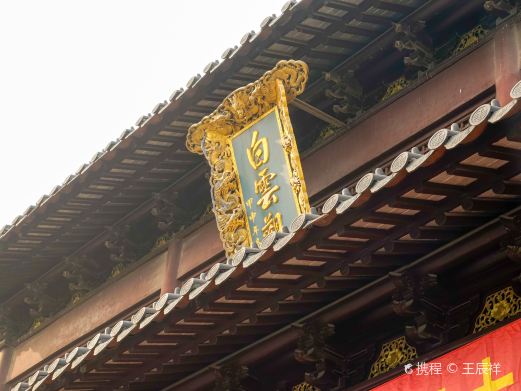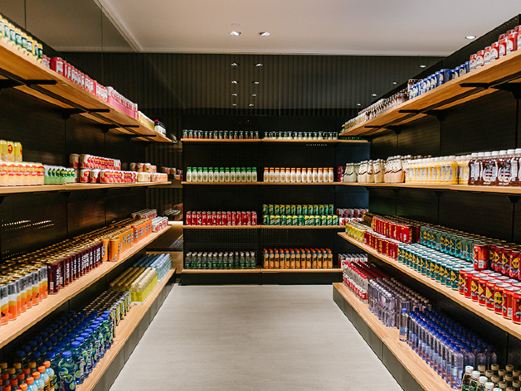Guyoyuan Garden, originally established during the Jiajing reign of the Ming Dynasty (A.D. 1522-1566), was a private residence known as ‘Yiyuan,’ derived from the line ‘green bamboo Yiyi’ in the Book of Songs. In the 11th year of the Qianlong Emperor’s reign (A.D. 1746), it was renamed ‘Guyoyuan.’ The architectural style of Guyoyuan is akin to that of Suzhou gardens, featuring pavilions, towers, and halls amidst small bridges and flowing water, creating a scene that changes with every step, exuding an air of simplicity and elegance.
Guyoyuan has two main entrances; entering from the south leads to the Nanxiang Screen Wall (Reflecting Wall), while the north entrance leads to the Yiyeh Hall. Visitors can enter from the south and exit from the north, or vice versa, without retracing their steps. The Yiyeh Hall, the central hall of the garden, is supported by camphor wood pillars and is surrounded by pathways, allowing a panoramic view of the surrounding scenery.

To the east of Yiyeh Hall lies the Goose Pond, with the peculiar Jue Jiao Pavilion located to the south of the pond, a pavilion missing the northeast corner. Moving eastward, visitors pass by the Mandarin Duck Lake and the Pine and Crane Garden, leading to the Qingqing Garden, where one can truly appreciate the ‘green bamboo Yiyi’ scenery, with ancient buildings under the bamboo groves appearing fresh and elegant.
Guyoyuan Garden
Guyoyuan Garden, originally established during the Jiajing reign of the Ming Dynasty (A.D. 1522-1566[...]
